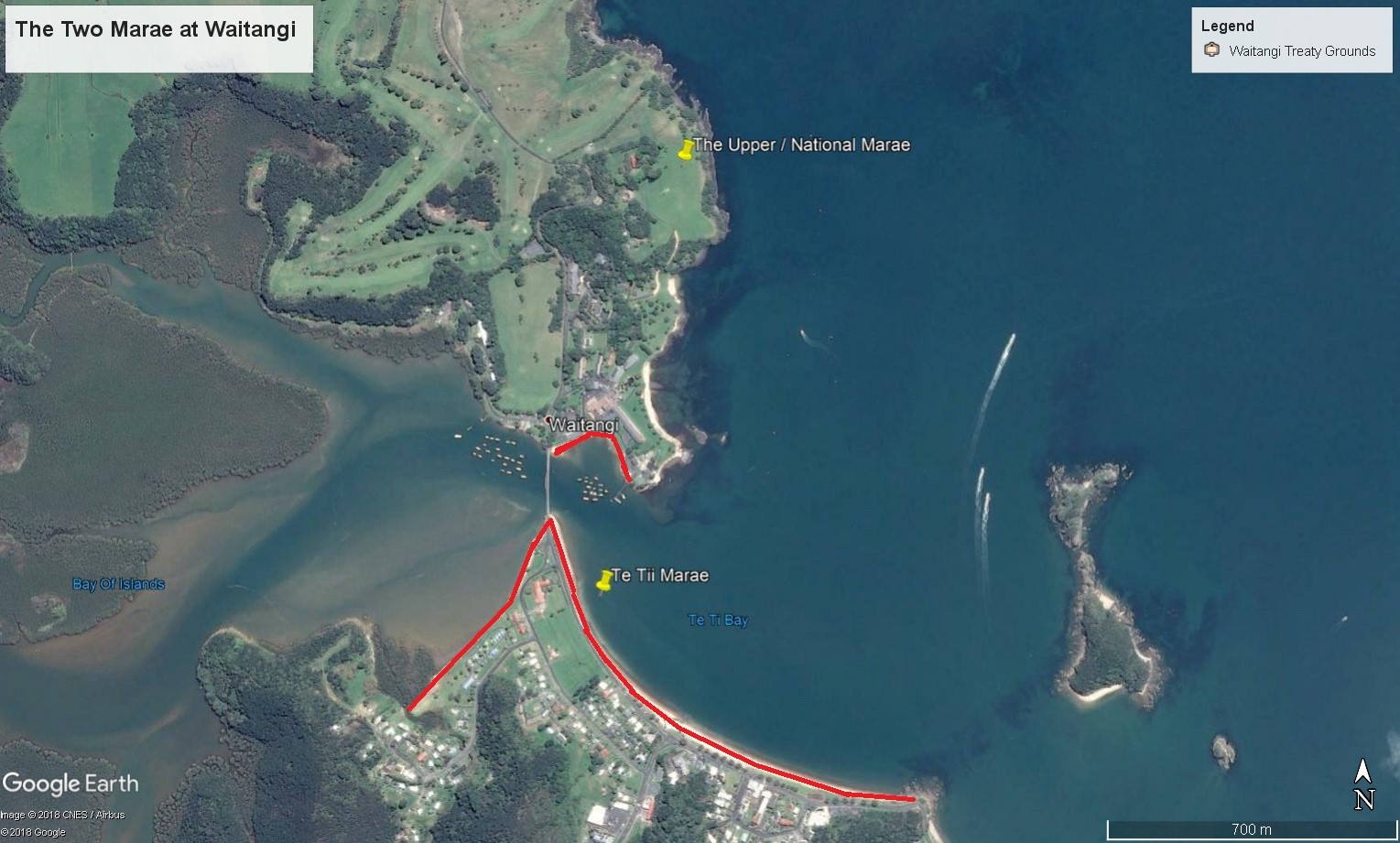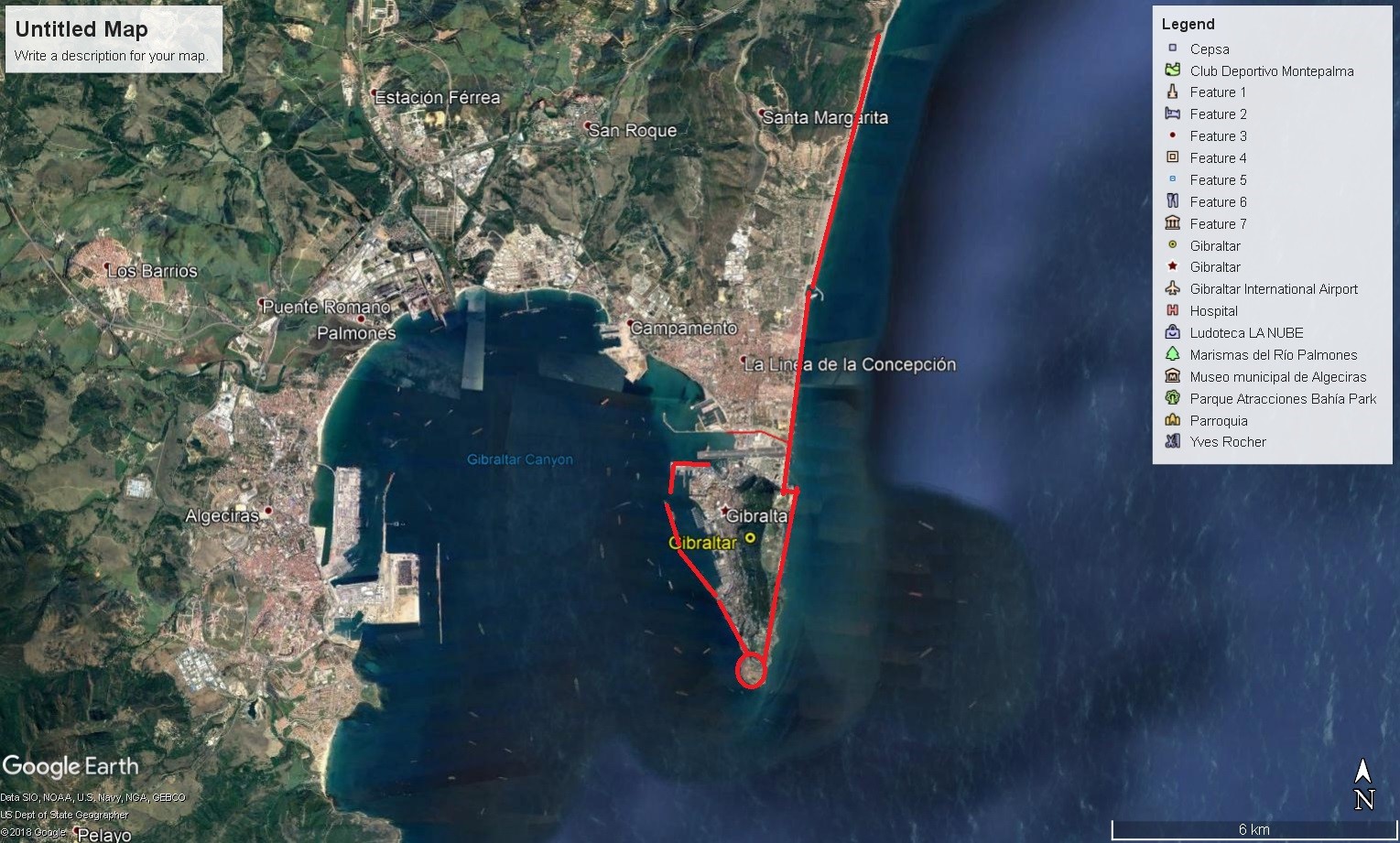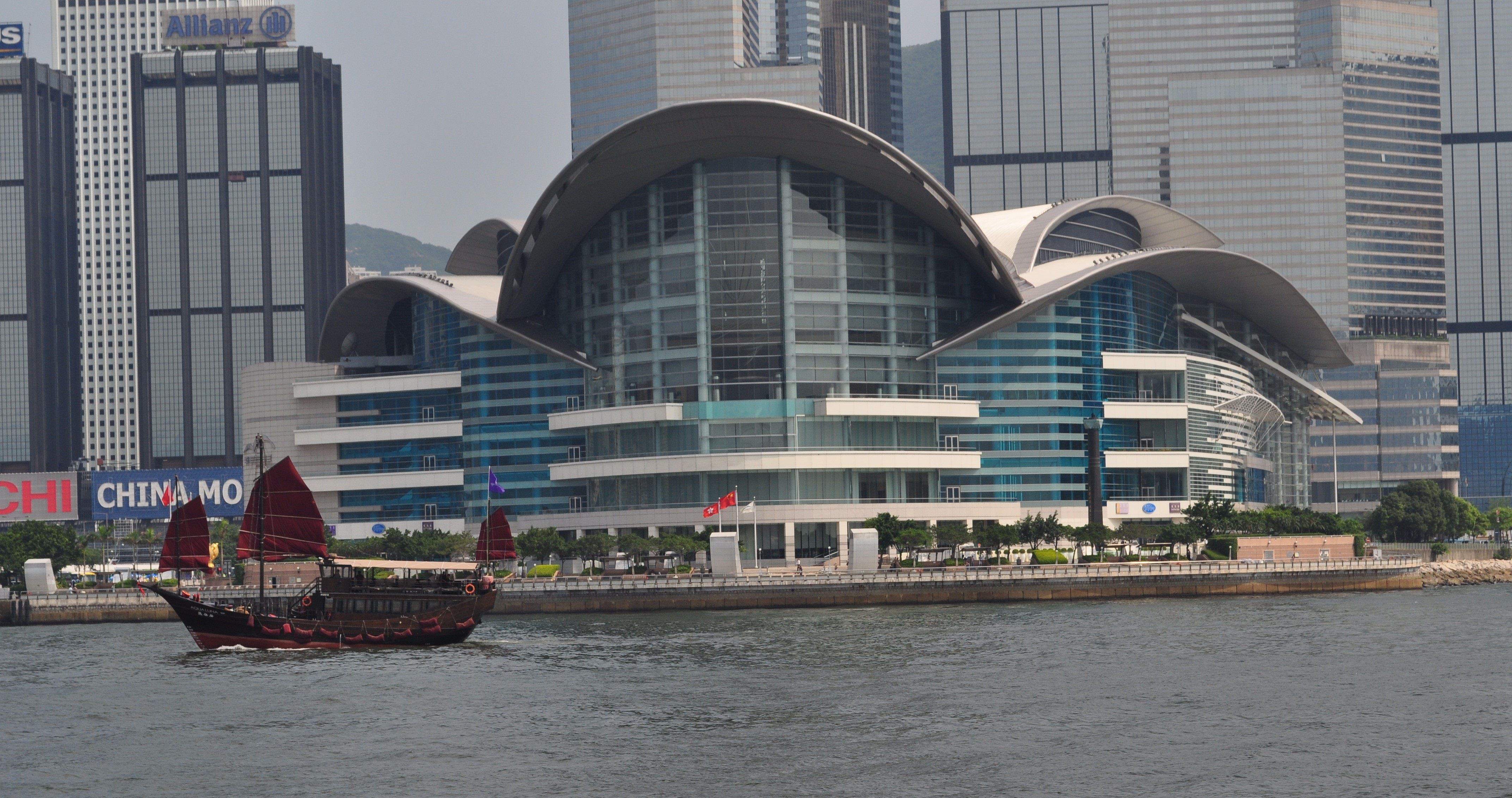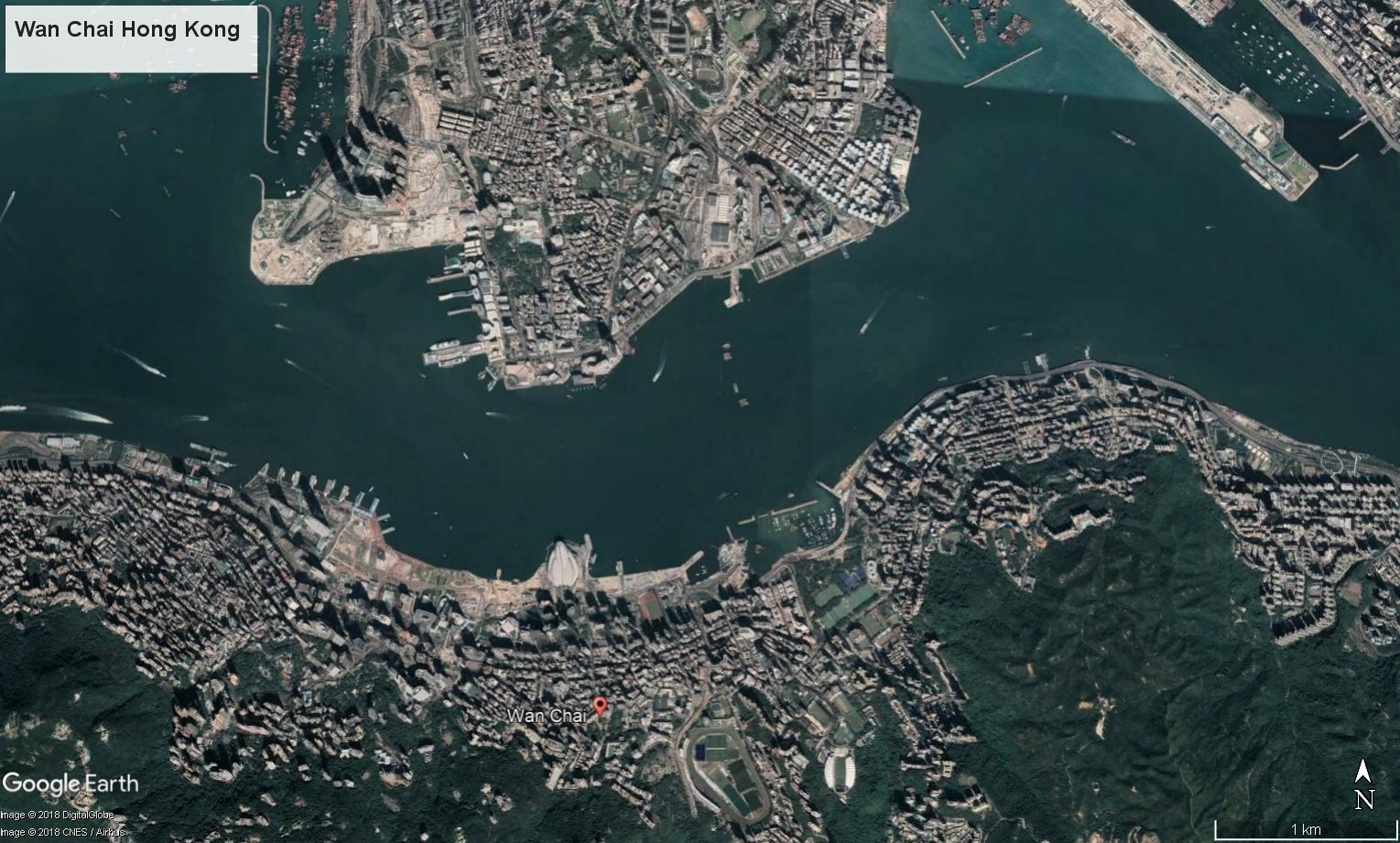I am often mindful of just what a peculiar thing classical feng shui can be. What strange and downright bizarre elements it reveals in life. Now that Waitangi Day has come and gone peacefully, this year, without any major incidents or displays of intense frustration, it’s time to take a look at what was different from previous angst burdened Waitangi Days, and see just what if any part the feng shui of Waitangi itself might be playing an all of this.
Although events on Waitangi Day have a long history of being fractious and disputatious, in the most recent past, since the obstreperous protests of 2015 at Te Tii Marae led National’s John Key to abandon government presence at Waitangi altogether; a policy followed in 2017 by Bill English, that changed this year when new Labour Prime Minister Jacinda Adern chose to return for the main celebrations; although not to Te Tii. Instead she opted to go to the Upper Marae, which is, as it happens, also the National Marae. In another break from previous routines, where Key and his predecessors hosted a formal breakfast with Iwi and business leaders from the Far-North, Adern hosted a BBQ for the public.
This ongoing government absence from the lower marae at Te Tii, has caused concern for some, especially in Ngapuhi it seems; and led to the only protest of the day. A mild display of discontent by Kingi Taurua which was unseen by Prime Minister Jacinda Adern, as she was putting another sausage on the grill.
So just what is it about Waitangi Day celebrations at Te Tii Marae, that sees, what is meant after all, to be a national day of celebration, instead, turn regularly into a tempestuous, often undignified fracas? For sure, Ngapuhi, by default as the hosts of successive governments over the years, have seen an opportunity to air grievances, not only their own, but as a voice for all Maori to let governments know of their displeasure. Since the government represents the Crown and it is with the Crown, legally, that Maori must seek redress when an issue arises, it is only natural that the day on which we, as a nation recognise and celebrate the partnership between Maori and the Crown, be an appropriate day on which such grievances might be aired. In many ways it’s not unlike the proclamation made by the officiating priest at a traditional Christian wedding of, “If any of you has a reason these two should not be wed in holy matrimony, then speak now or forever hold your peace!” And with what shock and excited horror, it is received too, when such protests are actually made! Surely government’s very presence at Te Tii is a signal of an appropriate time and place for grievances to be aired? But why the frequent resort to such aggressive agitation? And what was different this year that seemed to allow peace and genuine celebration to reign over the day?
From a classical feng shui perspective, and with an understanding of the locale of the two sites at Waitangi, it’s possible to quite quickly work out why the geomancy is having such a disruptive effect on proceedings on our National Day.
Let’s start with an overview of the main two sites:
- The Treaty Grounds and the Upper Marae
- Te Tii Marae
The Treaty Grounds are on a small but prominent peninsula at the northern end of Pahia and is separated from it by the inlet of the Waitangi River. Directly to the south of this is the sharp, spear like protuberance that is Te Tii. Here we find Te Tii Marae, with its Te Tiriti O Waitangi Meeting House. Built in 1880, by Aperahama Taonui with the Treaty Memorial alongside. (He organised the opening ceremony to mark unity then between Pakeha and Maori.)

The notably sharp point of Te Tii pokes directly and aggressively at Waitangi.
Since the inception of Waitangi Day as a Public Holiday in 1974, not only has Te Tii Marae but also the bridge across the river and the road up to the Treaty Grounds themselves, been the site of frequent volatile exchanges between Maori and police. Indeed, Waitangi has been a location of ongoing protests by Maori on most Waitangi Days since. But it is not just the political protests that have marked this as a location of trouble. The Waitangi Hotel built just across the bridge and right next to the Treaty Grounds has also had a pretty chequered history. So just what in the surrounding feng shui might be stirring up the forces of agitation and unrest at Te Tii and the Treaty Grounds.
As can be seen from the image above, Te Tii Marae is sited on a sharp promontory that jabs directly towards the Treaty Grounds, and the Waitangi Hotel, just like the sharp end of a Taiaha or traditional Maori fighting staff. Spikey points of land such as can be found at Te Tii, are well recognised in classical Chinese feng shui as generating discord, even engendering outright aggression. Another location with a similar land formation is that bastion of English Imperial dominance, and cause of much hoary argument between England and Spain, the Rock of Gibraltar. It is only Britain’s continuing armed presence on ‘The Rock’, that keeps Spain from asserting its repossession. Even then, Gibraltar is not as sharp and does not whack into any nearby landmass simply as there is no nearby landmass.

The Rock of Gibraltar, like Waitangi is a site of on-going strife between the UK and Spain.
The following images show just how angular and aggressive both peninsulas are. But Gibraltar’s tip is more rounded than Te Tii, which is sharper. One notices that there is an indented area on the southern side of the Waitangi Peninsula. This very yin aspect receives and does not fight back against the very yang ‘fight’ of Te Tii.
Since it requires yang qi to make money and the Waitangi Hotel is on the receiving end of the very yin sha qi from Te Tii, it will have always been adversely affected. There is an almost exact precedent of this kind of adverse yin/yang sha qi at work in Hong Kong, feng shui capital of the world.

The lance like tip that is Te Tii, which in classical feng shui, attacks Waitangi, both hotel and Treaty Grounds.

The Rock of Gibraltar and its spearhead.
Directly opposite Kowloon’s protruding peninsula, on the Island of Hong Kong is a concave stretch of coast. This bay is the largest on the inner side of Hong Kong Island and faces the mainland’s Kowloon Peninsula. This district is called Wan Chai or Little Bay in Cantonese, once made infamous for its red-light notoriety by the 1960 film ‘The World of Suzy Wong’, starring William Holden and Nancy Kwan. Indeed, during the period of British colonial rule, Royal Navy ships and those from other allied armadas would lay anchor directly off Wan Chai and disembark their crews for eagerly awaited R. & R. amongst the bars and fleshpots of the cove. However, Wan Chai until relatively recently, had never been deemed to be particularly prosperous. Rather it was nearby Central, the pulsating financial district slightly to the west where the main banks and famous trading houses are located that was deemed the power house of Hong Kong’s fortunes. It was in Central where all these great mercantile empires had made their incredible wealth over the past one hundred and sixty years or so. Central, with its tiny restrictive land, seemed tucked away to the side as it were but still shone as the great hub of finance. Wan Chai by contrast, with its larger more open area of flat land just never seemed to quite get there.
Just what was it about Wan Chai that prevented it matching the prosperity of its neighbour Central? According to the principles of classical feng shui, it was the fist-like aspect of the Kowloon Peninsula stabbing directly out towards Wan Chai’s vulnerable concaved shores that prevented it being an equal to wealthy Central. Here it was considered that the whole of the Kowloon Peninsula was striking into the soft, receptive shoreline of Wan Chai. Wan Chai in other words was the Yin to Kowloon’s Yang. Thus, it was not possible to make money from the interaction of Yin and Yang in Wan Chai. It takes Yang energy to make money. That was the situation until the feng shui masters were consulted and the decision was taken to improve the fortunes of poor old Wan Chai. From 1988 to 1997 a two-phase project saw an extension of the land out into the harbour with both reclaimed land and a man-made island designed to mirror the Kowloon Peninsula; atop these have been built the highly acclaimed Hong Kong Convention Centre. Since then, Wan Chai’s prosperity has increased noticeably
Still occasionally, one catches sight of the old, nefarious side of ‘Little Bay’. In 2014 Rurik Jutting a British citizen and Merrill Lynch banker, tortured and killed two prostitutes in his flat in Wan Chai’s.

Seagull or Tortoise?
Hong Kong’s famed Convention Centre.
© Photo is from the author’s private collection

Wan Chai with the ‘fight-back Convention Centre faces the Kowloon Peninsula.
Returning however, to Waitangi and New Zealand’s national day. No doubt, Prime Minister Jacinda Adern’s humble, consoling words helped set the tone when addressing Iwi elders on the Upper Marae. But is that really all it took to placate the indignation that is otherwise aroused so regularly down at Te Tii? It would appear from a feng shui perspective rather, that it was moving the main talkfest to the Upper Marae, which is far enough away from the sha-qi of the Lower Marae at Te Tii, that enabled the conciliatory, peaceful day of national celebration that was enjoyed this year. Although it cannot be denied there is both a need and an appropriate time for airing grievances and issues of the day between Maori and the Crown, it cannot, in my opinion, help either side by the aggressive, feng shui of Te Tii.
One final point to be made, and its one I have made before and it is this: Weeping or Grieving Waters is hardly an encouraging name for a national day of celebration of our nationhood. While respect for the Treaty and its original site of signing are to be expected and honoured, and the need for genuine grievances to be heard a legitimate right, can we realistically expect their combination to be found all in one day and in a place which continues from a feng shui perspective, to engender angst and rowdy quarrelsome behaviour?
In the meantime, let’s hope that the peaceful day of celebration that ensued from moving the Waitangi Day celebrations to the Upper Marae, and out of the direct line of Te Tii’s sha qi this year, continue to see us enjoy our national day.
